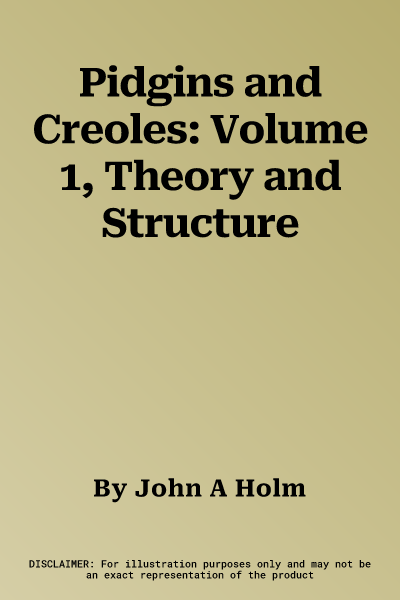This first volume of Holm's major survey of pidgins and creoles provides
an up-to-date and readable introduction to a field of study that has
become established only in the past few decades. Written for both
students and general readers with a basic knowledge of linguistics, the
book's original perspective will also attract specialists in the field
seeking a broad overview of the linguistic relationships among these
languages. Creolized, or restructured versions of English, French,
Spanish, Dutch, Portugese, and other languages arose during European
colonial expansion. These resulted in such creoles as Jamaican, Haitian,
Papiamentu, and some one hundred others, as well as such semi-creoles as
Afrikaans, non-standard Brazilian Portugese, Papiamentu, and American
Black English. Scholars have tended to work on particular language
varieties in relative isolation, making comparative research into the
genesis, development, and structure of creoles difficult. In writing
this book, Holm draws on broad studies of many languages to make clear
how far-reaching creoles'similarities are and to challenge current
linguistic theories on creoles and pidgins. The emphasis of this volume
is largely empirical rather than descriptive. Its core is a comparative
study of creoles based on European languages in Africa and the Caribbean
that demonstrates the striking similarities among the languages in terms
of their lexical semantics, phonology, and syntax. A forthcoming volume
provides a socio-historic overview of variety development and text
examples, with translations, of the restructured languages.

